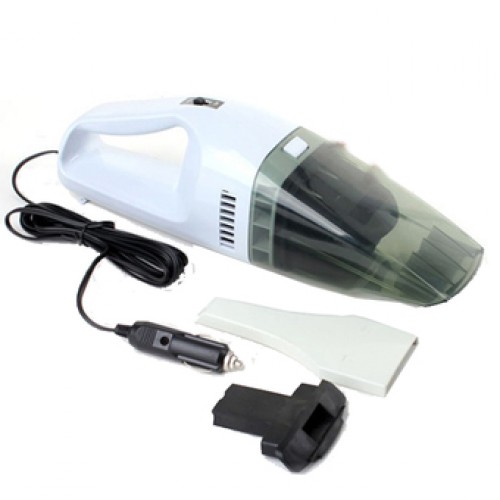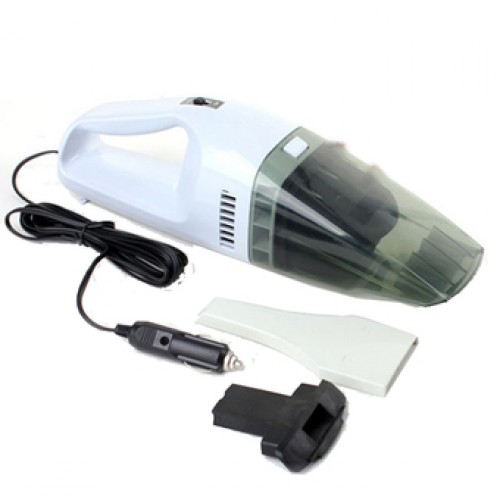The vacuum cleaner myth: consumer assessment demonstrates a need for quieter components
Vacuum cleaners are an area which is very useful in demonstrating the benefits of using high-quality perceptual and cognitive market research. An expert in acoustical engineering can generally solve product-noise problems; an expert in marketing can certainly be central to getting out the product message and promotion; a perceptual market research firm can effectively measure the consumer; and suppliers of critical components, such as motors, fans and blowers can play a critical role in achieving the appropriate noise levels as well as sound quality.
All of these professionals must continue to remind themselves that only the consumer can define and validate the product quality and its other dimensions; and simply asking the consumer what he/she likes (qualitative market research) simply does not work (see AM’s November 1997 By The Way, page 64). Acoustical engineering and perceptual market research have now come of age, and there is a right and a wrong way to use them.
Sound quality has come strongly into the appliance field since its major introduction to many manufacturers through. the Sound Quality Working Group (SQWG), an organization founded by Orfield Laboratories, Minneapolis, in 1991. Orfield Laboratories is the only established independent perceptual market research laboratory and organization in the U.S.

This SQWG effort was quite different from most of what was being called sound quality in Europe. While the Europeans had been strongly focused on psychoacoustics (acoustic perception), the American firms were being taught that the most important aspect of sound quality was cognitive rather that perceptual. Attributes such as “loud” or “soft” may be either deskable or undesirable qualities, but the attribute, “high quality” is always a positive attribute. While people in all countries have similar perceptual responses to “loud” and “soft,” their cognitive responses vary demographically. Thus, psychoacoustics can be practiced by an appliance engineer in his lab with perceptual software. Sound quality, on the other hand, needs a demographically sorted consumer.
See more: Scholar vacuum cleaner
The U.S. vacuum cleaner industry found this new organization and the sound quality movement very persuasive. In fact, most manufacturers have participated in SQWG seminars on sound quality. Many engineers returned from seminars and made some very serious attempts to persuade their engineering managers and their product marketing management to take up the sound quality charge. Yet, sound quality has not caught on as a formal practice in this industry.
The current industry view continues to suggest that the loudness of the vacuum cleaner correlates with the consumer’s associative response to the “power” attribute. In other words, loudness establishes power.
In pursuit of the paradigm
Orfield Laboratories (OL) some time ago concluded that many industries would be slow to adopt sound quality as a practice because many have not understood its benefits and many have been unable to convince their management to support sound quality. Thus, we established the Paradigm Study[R] format. In this type of study, OL either buys products on the open market or asks the manufacturer or distribution channel to provide the product.





